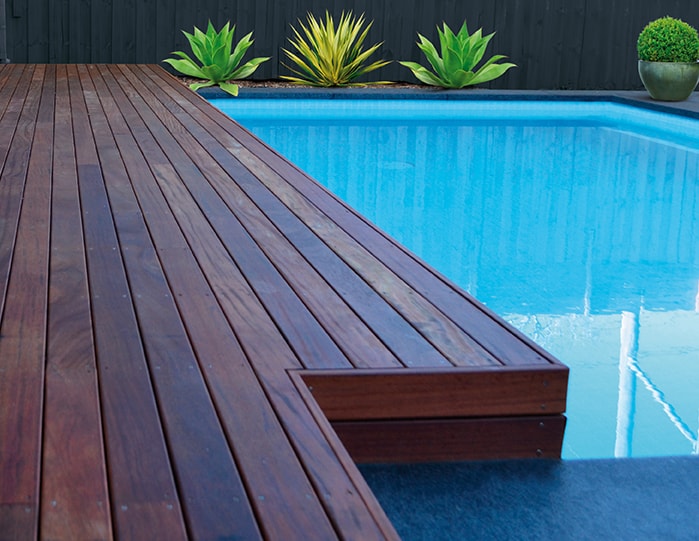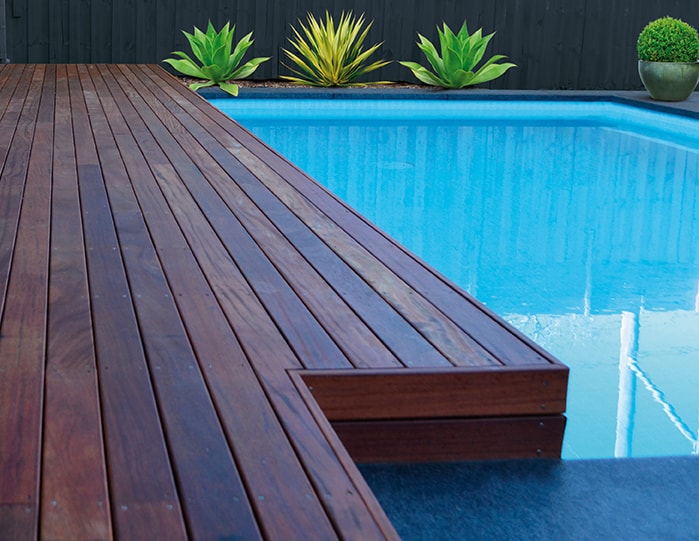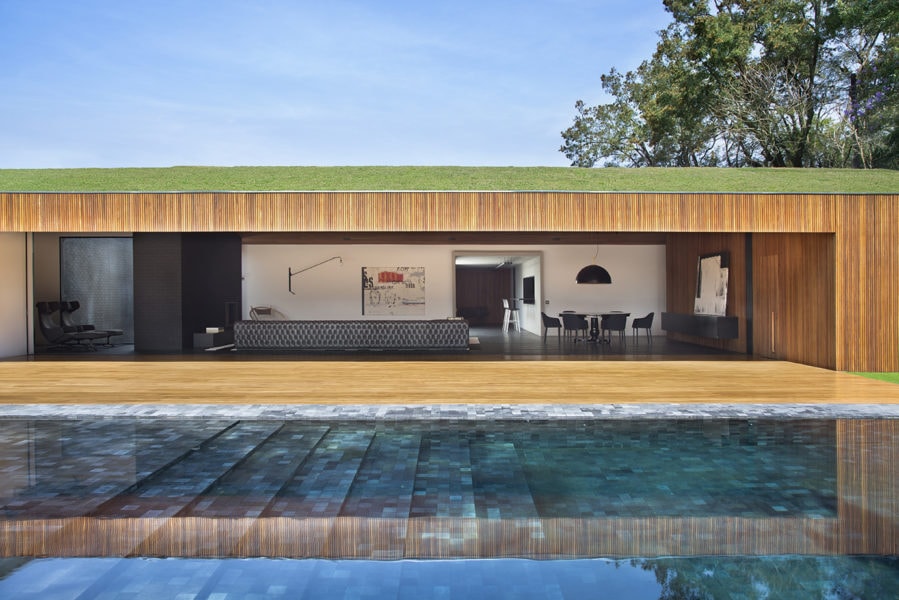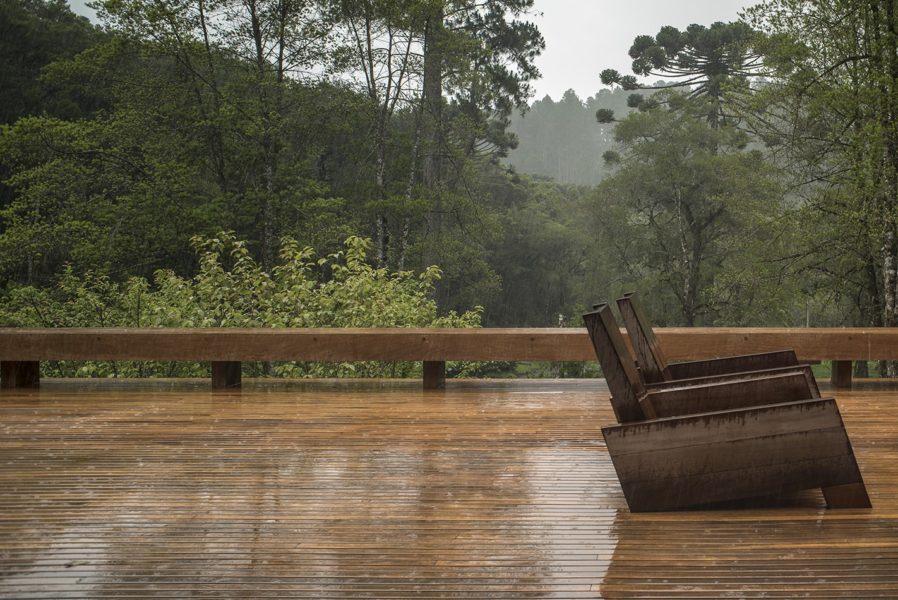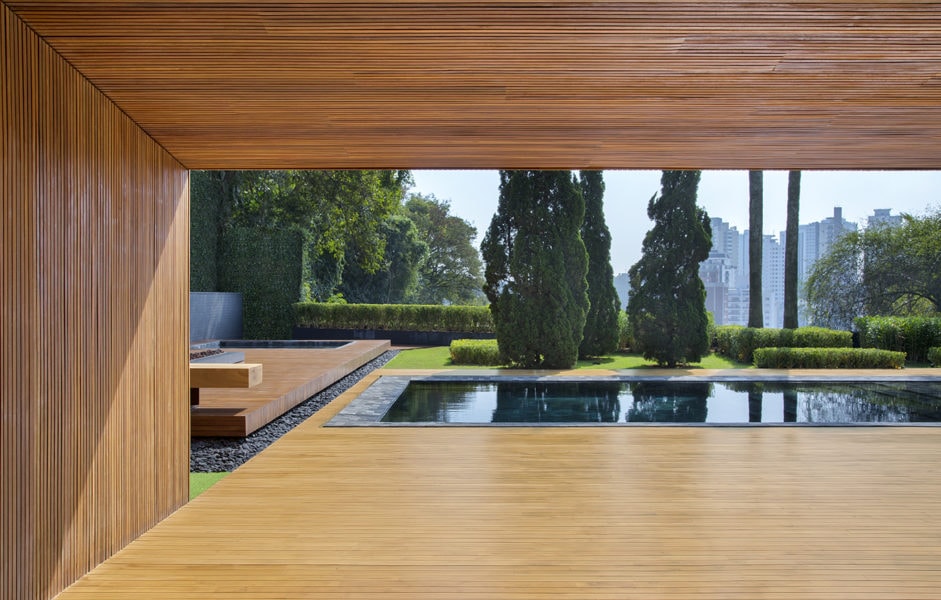Timber Performance - Leaching
Timber is a beautiful and renewable resource, being grown – not man-made. However, there are specific characteristics you need to consider when building with this natural material. For timber, leaching should be considered when choosing a species.
Leaching occurs when timber releases its natural oils and resins when exposed to moisture. When the ends of timber are cut and moisture enters the grain and timber cells, tannins and extractants are released. This can cause brown, black or rusty looking ‘bleed’ marks on nearby surfaces. The process occurs in all timbers with some timbers causing dramatic damage to surrounding areas.
Even light-coloured timbers leach. We conducted a leaching trial to compare common timber species for decking. The timbers were exposed to the external elements for ten days. The results demonstrated that Merbau had excessive staining, Spotted Gum had some staining and Cumaru had no visible marks.
As per SDC, when selecting timber for external applications, it is particularly important to consider leaching. Leaching can stain light-coloured surfaces such as concrete, pavers and natural stone walls, or around wet areas, such as pools.
Porta Cumaru has near zero leaching properties making it the ideal choice for a range of external decking and cladding applications even next to pools and spas. Porta Cumaru decking can be supplied with a factory applied pre-oiling and end-grain sealing treatment to ensure optimal colour fastness as your timber arrives ready to be installed.
Find out more about Porta Cumaru hardwood here.
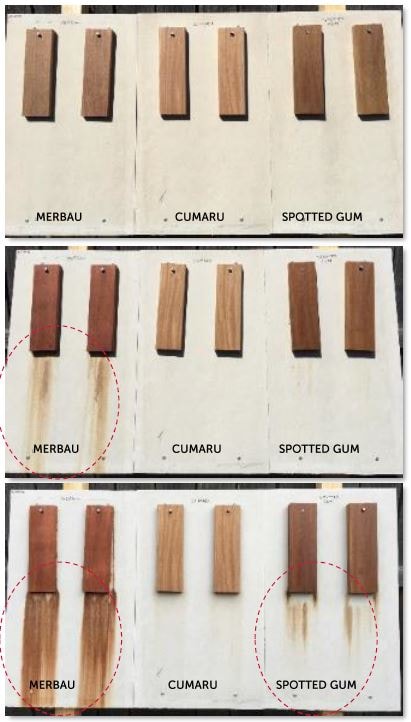
Image above: Porta Bleed Trial. Boards were left outside for ten days in Fairfield, Victoria. Top to bottom: Day 1 to Day 10 results.

